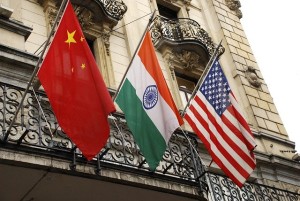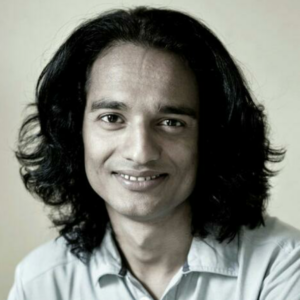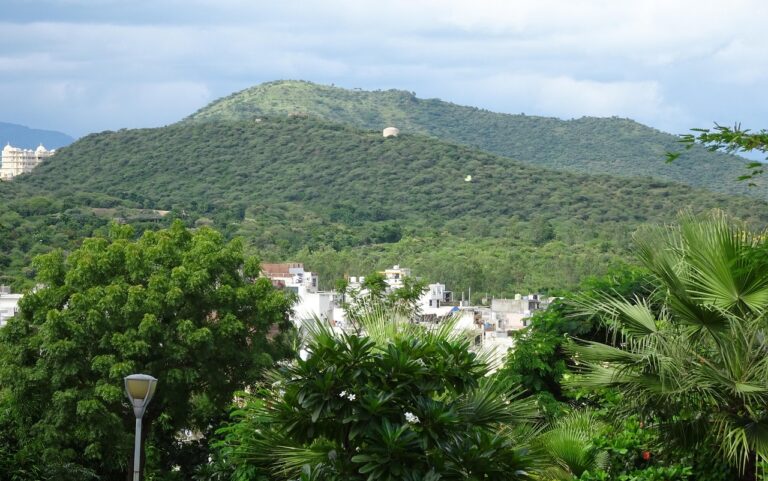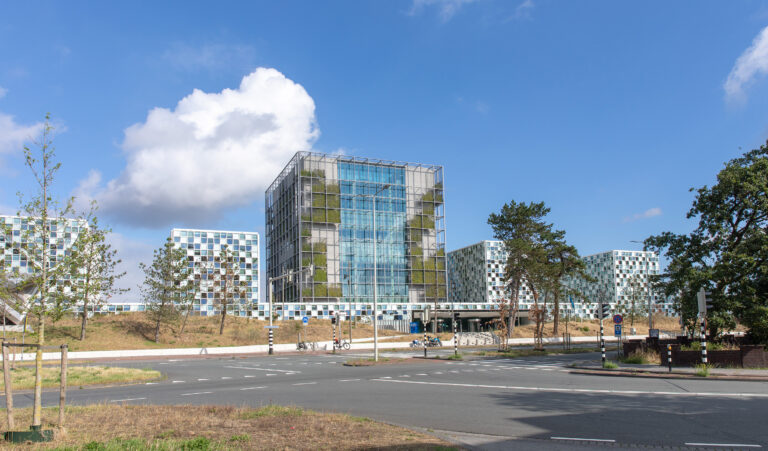
Viewpoint
Truth Fears Nothing Except Being Hidden
 By Kaushal Kishore*
By Kaushal Kishore*
Tibetan flag flashed on the horizon between the epidemic and lockdowns. At a time when the mankind is trying hard to unite beneath the Face-Mask-Flag, it reminds the people holding it for at least six long decades. The nations are more and more polarising with passing days towards different poles on account of the corona virus that abruptly surfaced in China last year. Now one can imagine that one day the flag will flash across its border, and on the minarets of its cities and villages. It was censored from scenes of Bollywood movie, Rock-Star by the board before public view only to please the dragon. Perhaps! While being engrossed with the virus, Chinese President Xi Jinping had a dream, where the old monk having Gandhi’s Hind Swaraj and Tibetan flag in hands visited him. And there after the dragon started its display on the Third Pole, near Tibetan border in India surrounding the 3488 km long Line of Actual Control (LAC).
It further appears in Hong Kong, Taiwan, Vietnam, and the provinces like Xinjiang. Indian Ocean, the Pacific and South China Sea are also not spared to produce sufficient ingredients for propaganda factories to run across the globe. The Sino-India border by the time of independence was a little more than four thousand kilometres long. India, since 1962 war that ripped Aksai Chin thereby introducing a new term in defense dictionary, LAC, lost a considerable piece of the motherland. India needs to protect it. The chairmanship of WHO executive board and now membership of the UN Security Council can be helpful in these trying times. Union Home Minister Amit Shah has cleared the government position in the Parliament during the speech on trifurcation of Jammu and Kashmir, and referred to Aksai Chin. Between 3488 and 4056 there is a huge distance, no? Former Prime Minister Narasimha Rao has reminded us about it in 1993 before the Peace and Tranquility Agreement when unsuccessfully tried to insert the term “existing” before LAC at Beijing. Today the Chinese side refers to the efforts of incursions in 1967, 1999, 2013, 2014 and 2017 whenever they claim to reduce LAC to two thousand kilometres. Meanwhile India seems to focus on evolution of half a dozen bilateral peace pacts of 1988, 1993, 1996, 2005, 2012 and 2013. The battlefield appeared on 5th May at Pangong Lake in Ladakh. Again on Monday night (15th June) at Galwan Valley.
Also read: Locusts, pestcides, and the good news during pandemic and lockdown
Here, the valley witnessed something that Albert Einstein had predicted as one of the scenes from the fourth world war while trying to answer a question pertaining to third world war. The soldiers kept words of peace pact between the two great Asian powers. No guns and grenades, only nail studded sticks on the name of weapons were used. News agency ANI intercepted Radio message about the 43 deaths from the Chinese side. The United States counts number of casualties at 35. The Chinese social media is flooded with messages dealing with deaths of The People’s Liberation Army troops. The unofficial CCP mouthpiece Global Times referred to Indian media reports that “alleged” India returning bodies of 16 PLA soldiers. In fact, after 33 long years of the 1962 war, they’ve finally disclosed the number of its casualties in 1995. The comments by Vikram Sood, former chief of Research and Analysis Wing, on the bilateral relation is wise and worthy. He said: Let’s not kid ourselves that the Chinese want to be friends. Xi had no interest in Modi’s Sabarmati hospitality or in his friendship. Prepare for the long haul and protect India’s interests. Indian Army has changed the rules of involvement along the border allowing the soldiers to keep guns during patrolling and in case of confrontation. After the new rule advance territorial aggrandizement will be costlier for the enemies.
The idea of Xinhua got expressions in the slogans like Hindi Chini Bhai Bhai that turned into China appeasement policy in the age of globalisation. It was the same idea of Xinhua that compelled Chinese leaders to ask India sending doctors, who can save its wounded soldiers in 1938. Mao referred to it, when they wrote, “Our freedom—independence of Indian and Chinese—shall be the symbol of freedom of all classes of victims and downtrodden”. Consequently Dr. B.K. Basu, Dr. M. Atal, Dr. D. Mukherjee, Dr. M. Cholkar and Dr. D.S. Kotnis started on the voyage for China on 2nd September 1938. Long before Dr. Ernesto Che Guevara and Fidel Castro in Cuba, these five Indian doctors helped building the China. Kotnis, youngest among these doctors died during 4.4 years of service on 9th December 1942 at the age of 32. The bilateral engagement is essential and needs to continue. But appeasement is unbearable. It creates the confusing atmosphere that reverberates today with what PM Modi said, “Neither have they intruded into our border, nor has any post been taken over by them (China)”. Here Modi stands with his predecessor Dr. Man Mohan Singh on the same page. On Depsang, in December 2013, he expressed in the Parliament, “There are sometimes intrusions according to us. But the Chinese perception of the LAC sometimes differs. Therefore, I think, some confusion is created.” The Tibet is an open secret between the Red Book and The Black Book of Communism that describes the killings of 100 million people across the globe. In the absence of the Tibet, Indo-China fraternity is a meaningless adventure. The nature has placed the highest country on the earth connecting the two great Asian powers. It deserves attention from a point of view different from the previous.
Buddha started sermon in the Ganga Basin at Sarnath near Banaras. Buddhism, after disappearance from the Indian mainland, reappeared in Tibet on the top of Himalayas. His followers evolved into Tibetan Buddhism after mingling with the indigenous Shang-Shung culture and the Bon religion. Actually the cultures of Han tribes from the Yellow River Basin of Chinese mainland and the cultures of Ganga River Basin joined together and scattered on the Tibetan Plateau. After the World War II, the civilizations of capitalist and communist imperialism are in its quest for the vested interests. The Dalai Lama wrote in his autobiography that the assistance from the Americans had been a reflection of their anti-Communist policies rather than genuine support for the restoration of Tibetan independence. I have discussed it with Pro. Samdhong Rinpoche, the former Prime Minister of the Tibetan government in exile. He shared the value of Mac Mohan Line, the last generation of an old tradition and restoration of Buddha and Gandhi together in Tibet. A decade after the departure, the followers of Gandhi established the All India Panchayat Parishad in 1958. My association with this apex body of the village heads enriched with facts that Mansar village near Bindusar (Mansarovar Lake) in Tibet used to pay revenue to the Indian exchequer until the advent of 1962 war, and about the barter system of the exchange of goods between Indian and Chinese people in these villages. Such a transaction denotes the need-based economy, instead of the greed-based demands.
Two different black and white board games i.e. chess and igo can depict the current situation of the two neighbours. The Mandarin term “igo” literally means “to encircle”. The modern China with certain excellent ingredients of the communism and some of the worst stuffs of capitalism began to paddle the imperialist agenda. In the presence of the monk, poor Xi found himself between the need and greed. The author of Hind Swaraj reaffirmed that the earth has sufficient resources to fulfill the needs of its creatures, but not the greed. And we seldom repeat the proverbial wisdom as Majboori Ka Nam Mahatma Gandhi. As such one can remember Bapu out of a sort of compulsion, what’s objectionable if he does so in dreams. They surely know that development and technology are the devils all prepared to wipe out the humanity from the planet. “Why don’t you visit Trump and Putin?” Xi’s asked by the end of that dream. “I went to them before,” the monk said, “at last came here.”
*Kaushal Kishore is a member of All India Panchayat Parishad from Bihar. The writer is the author of The Holy Ganga (Rupa, 2008), Managing Editor of Panchayat Sandesh. His column, Across The Lines, appears in vernacular publications. The published article is his own views.





